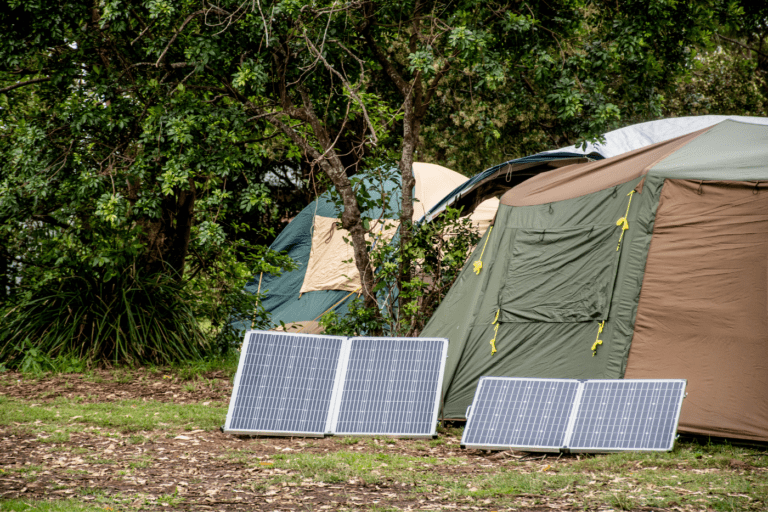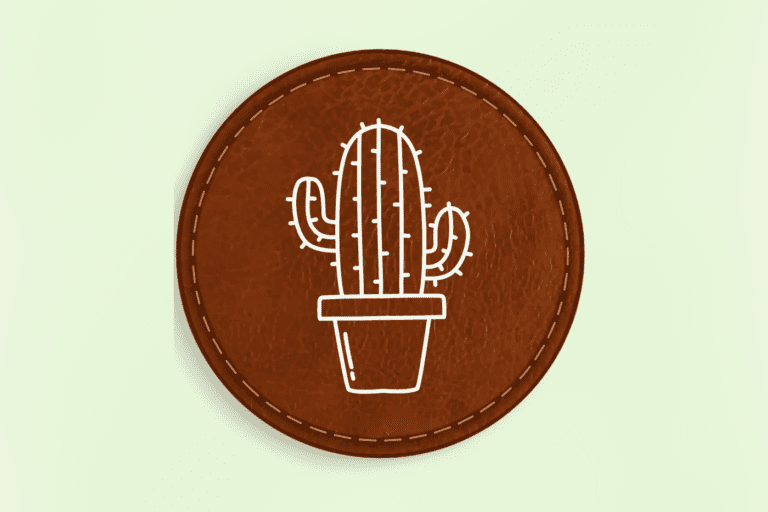Ever felt a bit lost in the sea of eco-friendly terms, wondering what exactly makes a product green, sustainable, or eco-conscious? If so, you’re not alone. Navigating the world of environmental terms can be like deciphering a secret code.
Fear not! Our guide, “Must Know: 11 Popular Eco-Friendly Terms and Their Meanings,” is here to untangle the web of sustainability, offering clarity and empowering you to be a more informed and eco-conscious consumer. Ready to explore the language of a greener world? Let’s dive in!

What is Eco-Friendly in Simple Words?
Definition
Eco-friendly, short for ecologically friendly, refers to actions, products, or lifestyle choices that minimize harm to the environment. It’s a conscious effort to promote sustainability and reduce one’s ecological footprint.
Components
- Environmental Harmony: At its core, being eco-friendly is about fostering a harmonious relationship with nature. It involves making choices that prioritize the well-being of the planet.
- Everyday Practices: Think of it as adopting practices like recycling, conserving energy, and opting for sustainable materials in everyday life. It’s a commitment to responsible living.
- Positive Impact: Eco-friendly actions aim to create a positive impact on the environment. This includes minimizing pollution, conserving resources, and supporting biodiversity.
- Lighter Footprint: The concept revolves around leaving a lighter footprint on the Earth. By making eco-friendly choices, individuals contribute to the collective effort to address environmental challenges.
- Global Significance: Choosing an eco-friendly lifestyle is not just a personal decision; it’s a global imperative. It reflects a shared responsibility to safeguard the planet for current and future generations.
Understanding eco-friendliness empowers individuals to make informed choices that benefit the environment and contribute to a sustainable future. Ready to explore more green initiatives? Keep reading!
What are Eco-Friendly Things?
Eco-friendly things are all the practical steps you can take for a greener lifestyle! Let’s delve into tangible choices and everyday alternatives that make a positive impact on the environment. From reusable water bottles to DIY cleaning solutions, discover eco-friendly living made easy.
Everyday Choices for a Greener Lifestyle
- Reusable Water Bottles: Opt for a reusable bottle instead of single-use plastic ones. Like these recycled stainless steel water bottles.
- Cloth Bags: Bring your own reusable bags when shopping to reduce plastic waste.
- LED Bulbs: Make the switch to energy-efficient LED bulbs to save energy.
- Meat Alternatives: Explore plant-based protein sources as a sustainable choice.
- Carpooling or Public Transport: Reduce your carbon footprint by sharing rides or using public transportation.
- Sustainable Holidays: Choose to stay eco-friendly by celebrating consciously, preparing eco-friendly feasts, and decorating with reusable, eco-conscious items for occasions like Christmas and Thanksgiving.
- Thrift Shopping: Embrace second-hand shopping to extend the life of clothing items.
- Composting: Turn kitchen scraps into nutrient-rich compost for your garden.
- Sustainable Personal Care: Embrace eco-friendly products, minimize packaging waste, and choose cruelty-free options for a greener self-care routine.
- Solar Chargers: Harness solar power to charge your electronic devices.
Making these small changes in your daily routine may seem too little to make an impact but THEY DO ADD UP to a significant positive influence on the environment.
What are Other Words for Eco-Friendly?
Exploring Synonyms
If you’re wondering about alternative ways to express eco-friendliness, you’re in the right place. Here’s a diverse set of terms that capture the essence of being environmentally conscious:
- Sustainable: Often used interchangeably, sustainability implies practices that endure and maintain ecological balance over time.
- Green: This term extends beyond its color, symbolizing choices and actions that are environmentally responsible.
- Environmentally Friendly: A straightforward alternative, emphasizing friendliness toward the environment.
- Earth-Friendly: Highlighting a commitment to actions that preserve and protect the Earth.
- Planet-Friendly: Conveying a broader responsibility towards the well-being of the planet.
- Eco-Conscious: Reflecting an awareness of environmental impact in decision-making.
- Nature-Friendly: Signifying harmony with and consideration for the natural world.
- Ecologically Sound: Emphasizing actions that align with ecological principles.
- Carbon-Neutral: A focus on balancing carbon emissions with carbon removal or offsetting.
- Low-Impact: Suggesting minimal negative effects on the environment.
In the following, we’ll dive deeper into some of these often-used synonyms and explore other popular eco-friendly terms. Ready for a more in-depth understanding? Keep reading!
11 Popular Eco-Friendly Terms And Their Meanings
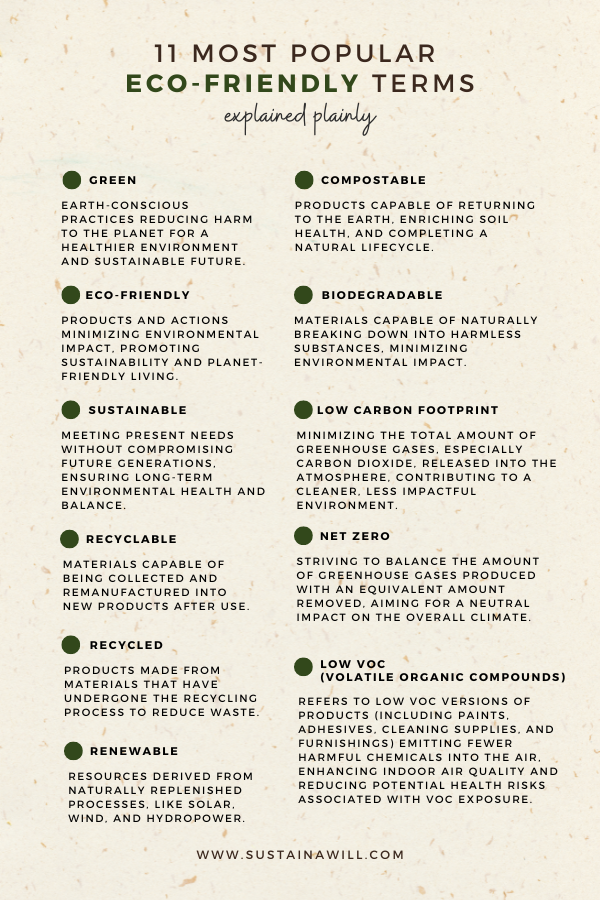
Green

Beyond the Color: A Deeper Dive into ‘Green’
Have you ever thought about why being “green” is more than just a color? Let’s take a closer look at the different sides of the word.
Environmental Connotation
Being “green” can describe things that help the Earth. Things like using special energy-star-rated appliances at home that don’t use as much energy as their conventional counterparts. Like using LEDs instead of iridescent light bulbs.
Lifestyle Perspective
But “green” isn’t just about things; it’s also about how we live. If you decide to use less stuff that gets thrown away, like packaging or bottles, that’s being “green” too.
Symbolic Representation
“Green” is also a color that reminds us of nature. When we see lots of green trees and plants, it makes us feel calm and happy.
Eco-Friendly
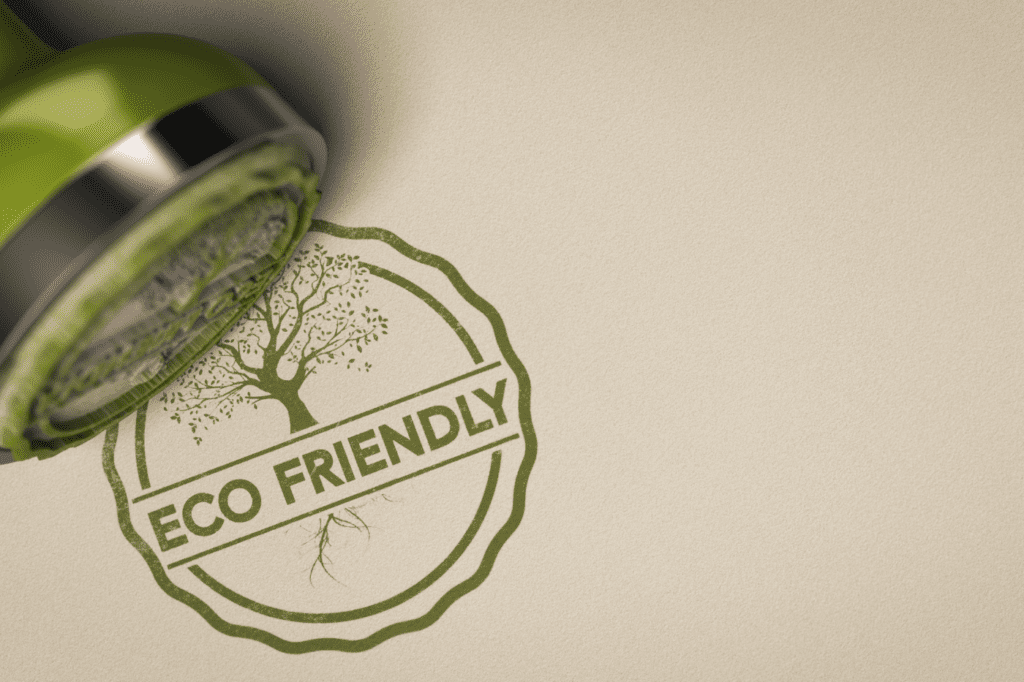
Defining Eco-Friendliness in Various Contexts
Okay, so what’s this “eco-friendly” thing? Let’s break it down into easy pieces.
Product Attributes
When something is called “eco-friendly,” it means it was made or works in a way that doesn’t hurt our planet. Think about cleaning supplies that don’t have bad stuff for the environment.
Personal Practices
Now, being “eco-friendly” can also be about the things we do every day. Using bags again and again instead of using new plastic ones is a way of being “eco-friendly.”
Corporate Responsibility
Big companies can also be “eco-friendly” by making smart choices. They might use materials for their products that don’t hurt the Earth, or they might find ways to package things without making too much waste.
Sustainable

‘’Building a Sustainable Tomorrow’’: What It Means
“Sustainable” might sound like a big word, but it’s all about making sure we keep having good things around for a long, long time.
Environmental Balance
When we talk about “environmental balance,” we mean using things from nature in a way that doesn’t use them all up. A good example would be harvesting forests responsibly to allow for regrowth. Finding the balance between cut trees, uncut trees and new trees that are planted for a sustainable future of foresting.
Social Responsibility
“Sustainable” is also about thinking about people. If a company pays its workers well and treats them fairly, that’s part of being “sustainable” too.
Long-Term Impact
Being “sustainable” means doing things that won’t run out or hurt our world. Imagine using the sun or the wind to make energy – that’s “sustainable” because the sun and the wind will always be around.
Recyclable
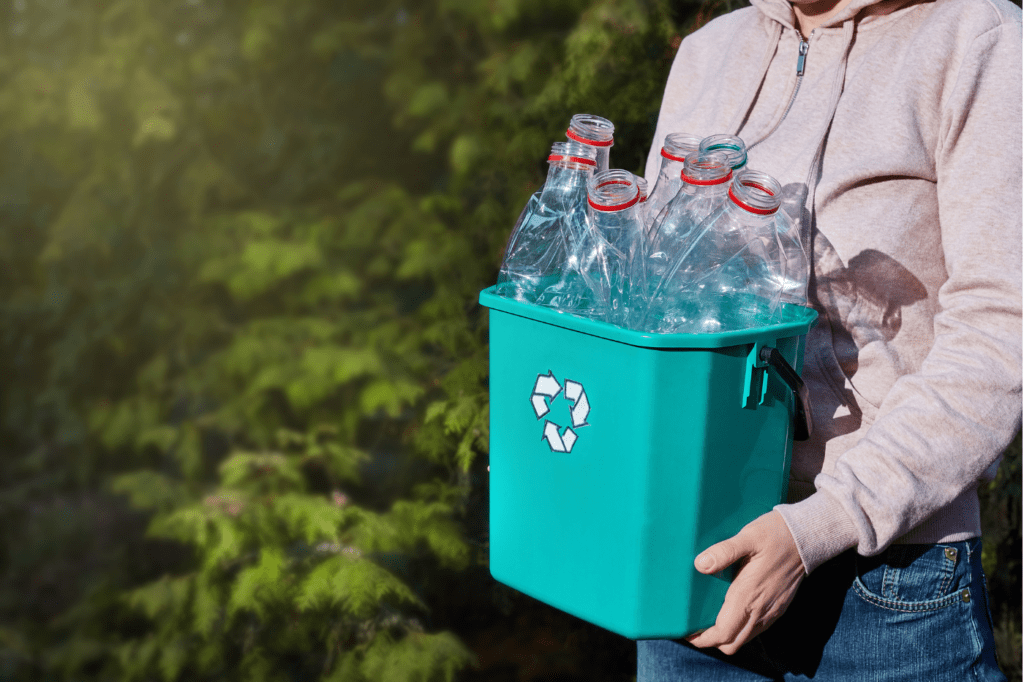
These are items that CAN be collected, processed, and remanufactured into new products after they’ve fulfilled their initial purpose.
Recycled
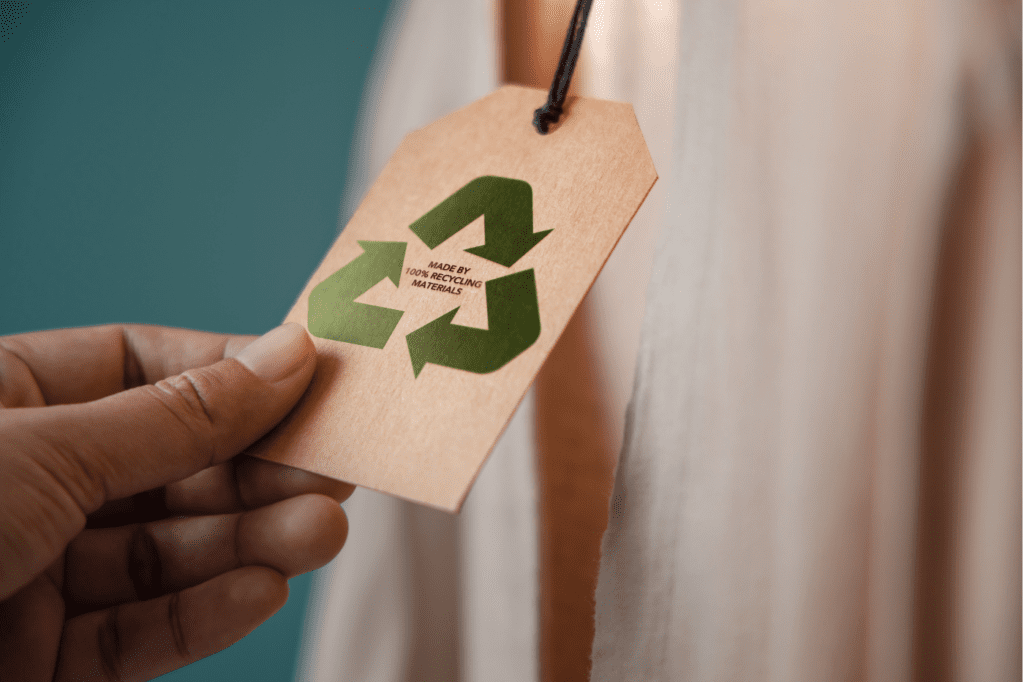
Introduction
Recycled goods breathe new life into materials that would otherwise end up in landfills, contributing to the global effort to reduce waste and minimize our ecological footprint. Unlike recyclable materials, recycled goods have already undergone the transformation process, showcasing the beauty of second chances.
The Journey of Materials: From Bin to Renewal:
- Collection: Recycling starts with the conscientious act of placing items in designated recycling bins. Municipalities and recycling centers play a crucial role in collecting these materials efficiently.
- Sorting and Processing: Once collected, recyclables go through a meticulous sorting process. Advanced technologies and manual labor work hand-in-hand to separate different types of materials.
- Transformation: After sorting, the materials undergo processing to remove contaminants and prepare them for renewal. This phase involves various methods such as shredding, melting, or breaking down the materials.
- Remanufacturing: The transformed materials are then used to create new products, closing the loop on the recycling journey. This step reduces the need for virgin materials, conserving resources and energy.
Renewable

Introduction
Renewable resources represent a beacon of hope in the transition towards a sustainable future. These resources are derived from processes that are naturally replenished, ensuring a continuous and eco-friendly supply. Let’s explore some key examples of renewable resources and their transformative impact.
Harnessing Nature’s Bounty: Exploring Renewable Resources:
- Solar Energy: The sun, a perpetual source of energy, provides us with solar power. Solar panels capture sunlight and convert it into electricity, offering a clean and sustainable alternative to traditional energy sources. Examples: Solar panels for homes, and solar-powered gadgets.
- Wind Power: Harnessing the power of the wind through wind turbines is another key example of renewable energy. Wind farms generate electricity without depleting finite resources or emitting harmful pollutants. Examples: Wind turbines in wind farms.
- Hydropower: The force of flowing water, whether from rivers or tides, can be transformed into electrical energy through hydropower. This renewable source is both reliable and environmentally friendly. Examples: Hydroelectric dams.
- Biomass and Bioenergy: Organic materials like plants and agricultural waste can be converted into bioenergy, providing a renewable alternative to fossil fuels. Examples: Bioenergy from wood pellets, and agricultural waste.
Conclusion
Exploring renewable resources not only taps into the abundance of nature but also paves the way for a sustainable and resilient energy landscape. Embracing these alternatives is a crucial step towards mitigating climate change and ensuring a greener planet for future generations.
Compostable
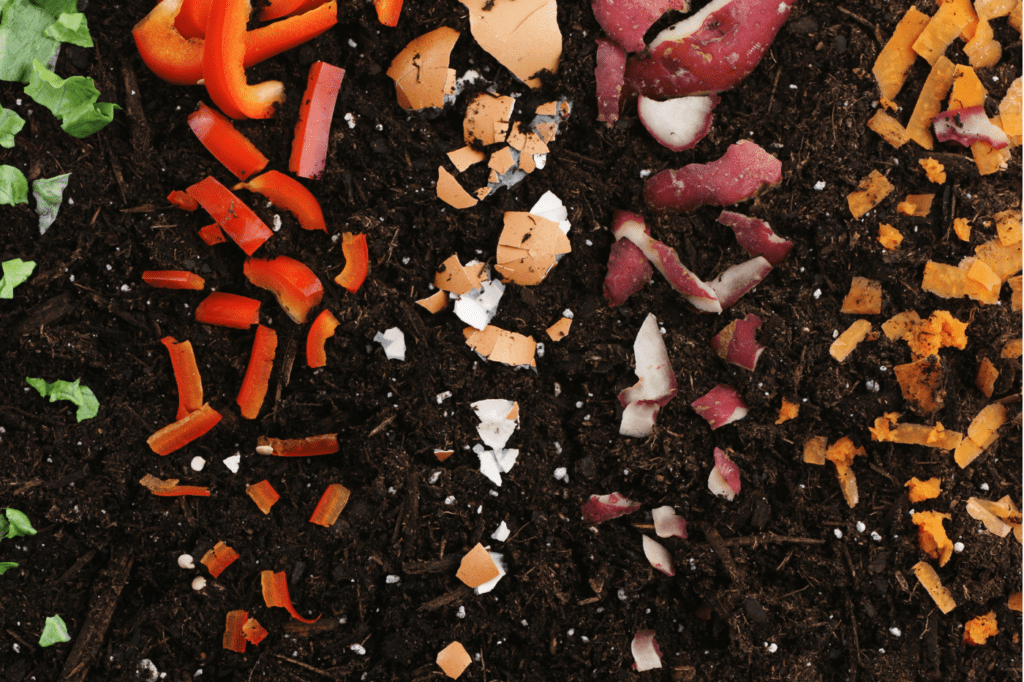
Introduction
Compostable products are designed to return to the Earth, enriching the soil and completing a natural cycle. These items break down into organic matter, contributing to a healthier environment. Let’s unravel the marvels of compostable products and their role in sustainable living.
Nature’s Recycling Bin: The Marvels of Compostable Products
- Definition: Compostable products are made from materials that can decompose into natural elements under the right conditions, leaving no toxic residues. Examples: Compostable food containers, utensils, and bags made from plant-based materials like cornstarch.
- Benefits: Composting these products at home or in industrial composting facilities reduces landfill waste, decreases the need for synthetic fertilizers, and enriches the soil with valuable nutrients.
- Conditions for Composting: Compostable materials require specific conditions to break down efficiently, including the right balance of moisture, temperature, and microbial activity.
Conclusion
Embracing compostable products is a small yet impactful way to contribute to waste reduction and soil enrichment. By understanding the marvels of compostable materials, individuals can make choices that align with a more sustainable and regenerative lifestyle.
Biodegradable

Introduction
Biodegradable materials represent a return to the Earth, breaking down naturally over time without leaving behind harmful residues. Understanding the breakdown process of biodegradable items sheds light on their environmental benefits.
Returning to Earth: The Breakdown of Biodegradable Materials
- Definition: Biodegradable materials break down through natural processes into substances that blend harmlessly with the environment. Examples: Biodegradable plastics made from plant-based sources, like corn or sugarcane.
- Decomposition Process: Unlike traditional plastics, which can persist for centuries, biodegradable materials break down relatively quickly, aided by microorganisms in the environment.
- Environmental Impact: Biodegradable materials contribute to reducing the burden on landfills and preventing the long-lasting pollution associated with non-biodegradable counterparts.
Conclusion
The breakdown of biodegradable materials marks a harmonious return to the Earth, aligning with the principles of sustainability. Choosing biodegradable options is a step towards minimizing environmental impact and fostering a healthier planet for current and future generations.
Low Carbon Footprint

Introduction
Understanding and minimizing our carbon footprint is crucial in the fight against climate change. A low carbon footprint indicates a lifestyle or product that has a reduced impact on the environment in terms of greenhouse gas emissions. Let’s delve into the concept of a low carbon footprint and how small steps can lead to significant positive changes.
Small Steps, Big Impact: Reducing Your Carbon Footprint
- Definition: A carbon footprint measures the total amount of greenhouse gases, specifically carbon dioxide, produced directly or indirectly by human activities. Low carbon footprint practices involve minimizing these emissions.
- Individual Actions: Simple changes in daily life, such as using energy-efficient appliances, reducing meat consumption, and opting for sustainable transportation, contribute to lowering individual carbon footprints.
- Product Lifecycle: Choosing products with a low carbon footprint involves considering the entire lifecycle, from production to disposal. Examples: Energy-efficient appliances, locally sourced goods, and eco-friendly packaging.
Conclusion
Reducing your carbon footprint is not just an environmental responsibility but also an opportunity to make a positive impact. Small, conscious choices collectively lead to a significant reduction in greenhouse gas emissions, contributing to a more sustainable future.
Net Zero
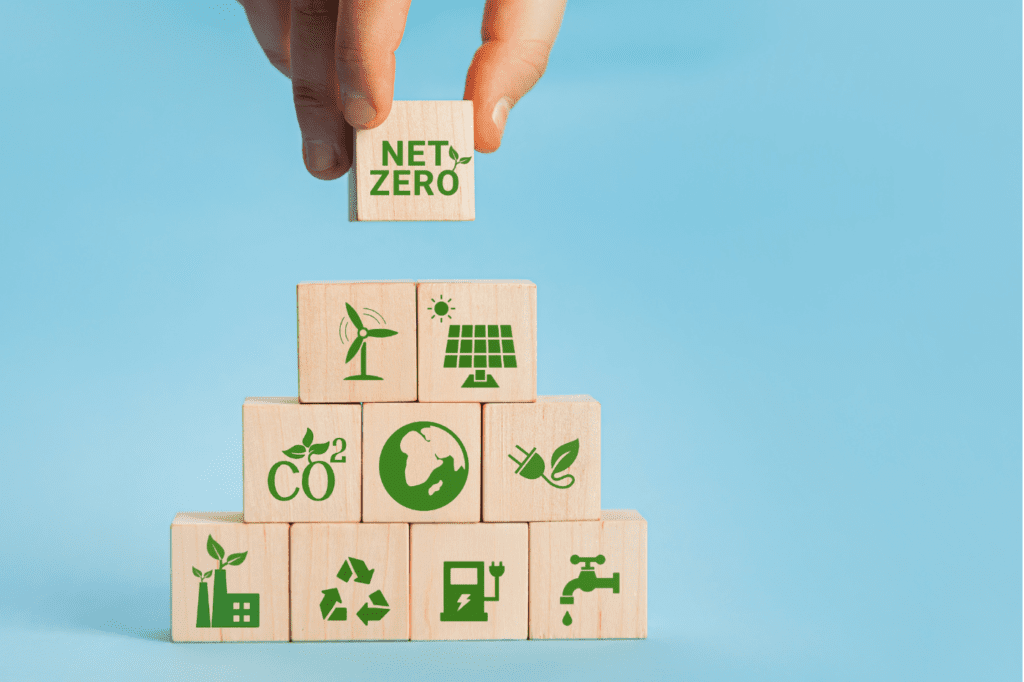
Introduction
Striving for a net-zero impact has become a key goal in the global pursuit of sustainability. Net zero refers to balancing the amount of greenhouse gases produced with an equivalent amount removed from the atmosphere. Let’s explore the concept of net zero and the transformative impact it can have on our environment.
Balancing Act: Striving for Net Zero Impact
- Definition: Achieving net zero involves minimizing emissions and offsetting the remaining emissions through various means, such as carbon capture, reforestation, and investing in renewable energy projects.
- Corporate Commitments: Many companies are making ambitious pledges to become net zero, recognizing the importance of taking responsibility for their environmental impact.
- Individual Contributions: Individuals can contribute to the net-zero goal by making sustainable choices, supporting eco-friendly initiatives, and advocating for policies that promote carbon reduction.
Conclusion
Striving for net zero is a proactive approach to combatting climate change. By balancing our impact on the environment, we pave the way for a more sustainable and resilient future.
Low VOC
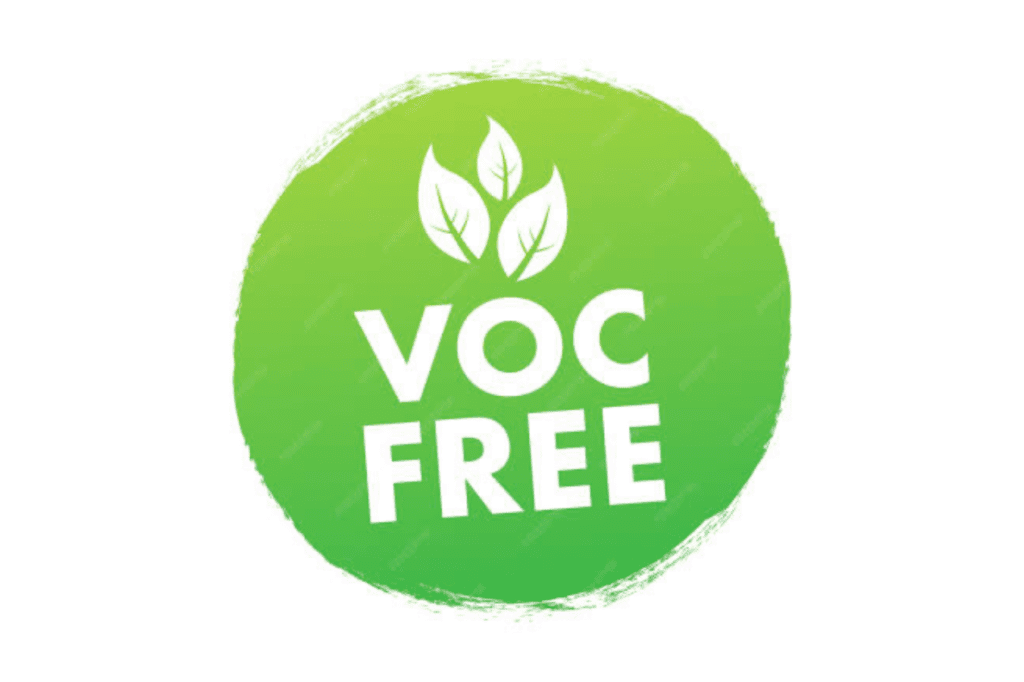
Introduction
Indoor air quality is a critical aspect of a healthy living environment. Low VOC (Volatile Organic Compounds) products play a key role in reducing harmful emissions and creating a healthier indoor atmosphere. Let’s explore the significance of low VOC and its impact on air quality.
Clearing the Air: Understanding Low VOC Products
- Definition: VOCs are chemicals that can evaporate into the air and may have adverse health effects. Low VOC products are designed to emit fewer of these harmful compounds, contributing to better indoor air quality.
- Applications: Low VOC products are found in various items, such as paints, adhesives, cleaning products, and furniture. Examples: Low VOC paint, flooring, and furnishings made from sustainable materials.
- Health Benefits: Choosing low-VOC products reduces the risk of respiratory issues, headaches, and other health problems associated with prolonged exposure to high VOC levels.
Conclusion
Understanding and opting for low-VOC products is a proactive step toward creating a healthier indoor environment. By prioritizing air quality, individuals contribute to their well-being and reduce the environmental impact associated with VOC emissions.
FAQs (Frequently Asked Questions)
What is the difference between recyclable and recycled?
Recyclable refers to materials that can be collected and processed to be remanufactured into new products. Recycled goods, on the other hand, are products made from materials that have undergone this process and have been transformed from their original state.
How can I reduce my carbon footprint on an individual level?
Simple lifestyle changes, such as using energy-efficient appliances, reducing meat consumption, and choosing sustainable transportation, can contribute to lowering your carbon footprint. Being mindful of product choices, supporting eco-friendly initiatives, and advocating for sustainable practices also play a crucial role.
What does “net zero” mean?
Net zero refers to the balance between the amount of greenhouse gases produced and the amount removed from the atmosphere. Achieving net zero involves minimizing emissions and offsetting the remaining emissions through various means, such as carbon capture, reforestation, and investing in renewable energy projects.
How do low-VOC products contribute to a healthier environment?
Low VOC products emit fewer harmful Volatile Organic Compounds, contributing to better indoor air quality. Choosing low-VOC options in paints, adhesives, and furnishings reduces the risk of respiratory issues and promotes a healthier living space.
Speaking Eco-Friendly Fluently: A Recap of Key Terms
Let’s recap the essentials of eco-friendly living, incorporating additional terms:
- Green: A broad term encompassing environmentally conscious practices, products, and lifestyles that aim to reduce harm to the planet.
- Eco-Friendly: Refers to products, actions, or lifestyles that are environmentally friendly, emphasizing a minimal impact on the Earth’s ecosystems.
- Sustainable: Involves meeting present needs without compromising the ability of future generations to meet their own needs, ensuring the long-term health and balance of our planet.
- Recyclable: Materials that can be collected and remanufactured into new products.
- Recycled: Products made from materials that have undergone the recycling process.
- Renewable: Resources derived from processes naturally replenished, like solar, wind, and hydropower.
- Compostable: Products that return to the Earth, enriching the soil and completing a natural cycle.
- Biodegradable: Materials that naturally break down into substances that blend harmlessly with the environment.
- Low Carbon Footprint: Minimizing the impact of greenhouse gas emissions through conscious choices.
- Net Zero: Achieving a balance between emissions produced and removed from the atmosphere.
- Low VOC: Products emitting fewer Volatile Organic Compounds, contributing to better indoor air quality.
By integrating these terms, whether opting for green practices, eco-friendly products, or sustainable living choices, we actively contribute to a healthier, greener future for generations to come.


